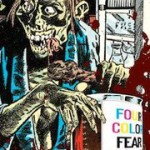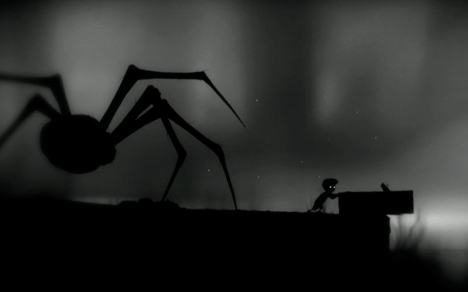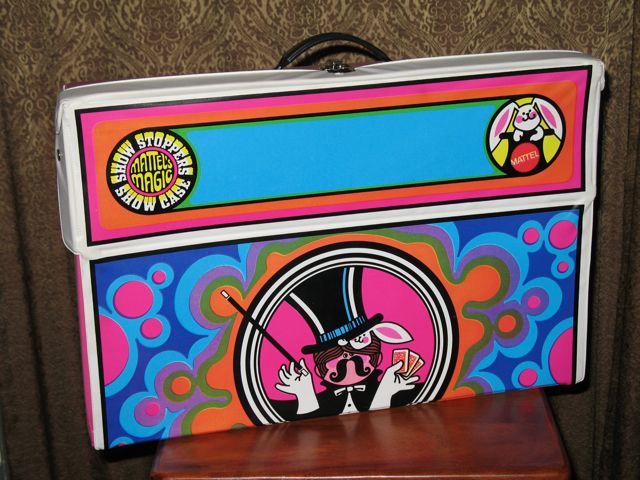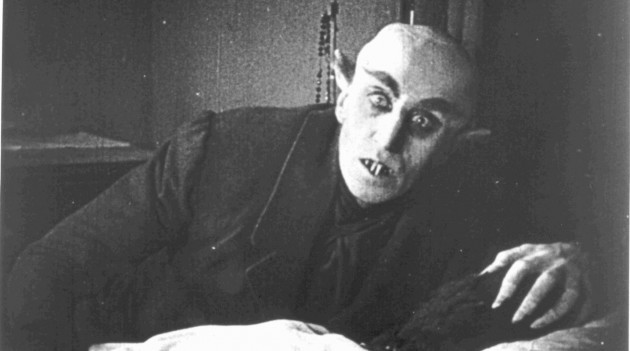
My post about favorite haunted house movies inspired me to make another list of films in the horror/supernatural genre: favorite vampire films. The vampire is one of the most enduring figures in literature and film, possibly because it represents very powerful human fears and desires. At its heart, the vampire is a representation of our fear of decay and death — fear of the process that leads to nonexistence — and our desire to transcend death and achieve immortality.
And then there’s sex. The carnality of biting and the sharing of fluids is so apparent in vampire fiction that it’s hardly subtext. But it’s important to remember that sexy vampires are a relatively recent construct. The proto-vampire of folklore was a repulsive figure more akin to the modern image of the zombie than to the central characters of Dark Shadows, Angel, and The Vampire Diaries.
With all that in mind, here is a list of my top-ten favorite vampire films, in ascending order:
- Dracula (1931): Even taking into account the flaws of this film — and there are many — there’s no denying that Bela Lugosi’s performance is iconic. It’s worth finding a video that includes the Spanish-language version that was filmed simultaneously on the same sets with a different director and cast, because it’s possible to see what an amazing film might have been made if Lugosi had been in that version instead. Incidentally, David J. Skal’s book Hollywood Gothic provides a fun chronicle of Dracula’s journey from novel to stage to screen.
- Vampyr (1932): Carl Dreyer’s atmospheric film is not a conventional vampire tale. Rather than being based on the familiar tokens established in Stoker’s novel, it is woven from the folklore of the supernatural that was part of the fabric of European life in times past. Witchcraft, curses, doppelgangers, restless spirits, and the looming specter of death are the forces that drive this movie. There are images here that are so haunting and dreamlike — and sometimes nightmarish — that they’re likely to invade your thoughts for a long time.
- Black Sunday (1960): This is another film that is based less on the usual vampire tropes and more on European supernatural traditions, with a dash of black magic thrown into the mix. But I think it still fits neatly into the vampire genre. I saw this movie on a Saturday-afternoon TV creature feature when I was a kid, and it freaked me out. (Same for Bava’s film Black Sabbath, an anthology that concludes with a nifty little vampire tale.) The prologue, in which a huge mallet is used to affix an iron mask, studded with nails on the inside, onto the face of the main character — well, that’s indelibly stamped into my childhood memories. Yes, the dubbing from the original Italian leaves much to be desired, and yes the acting is frequently cheesy and the plot is a mess, but this film is a wicked garden of gothic imagery and atmosphere. And it features a career-defining performance by scream queen Barbara Steele. The scene in which the evil princess is accidentally revived is one of the best vampire resurrections in cinema.
- Captain Kronos: Vampire Hunter (1974): It’s good to see this hard-to-find Hammer classic finally made widely available on video. Look past the flat performance of Horst Janson in the title role, and the melodramatic style that was often the hallmark of the Hammer films, and you’ll find a movie that has had a lasting influence on the vampire genre. Here we have a hero with a mission, a calling: slaying the undead. He is armed with specialized knowledge and weapons that make him uniquely suited to that task, and he is accompanied by a sidekick who has devoted his life to making sure the job gets done. This film has often been cited as a formative influence on Buffy the Vampire Slayer, and some of its DNA can also be seen in the Blade movies.
- Blade (1998). A modern, technically slick vampire film, but with a strong influence drawn from the pulpy style of 1970s “blaxploitation” films like Shaft, Foxy Brown, and Super Fly. It has a sense of humor about itself. A lot of vampire fiction suffers from being relentlessly self-serious, and this isn’t. Guillermo Del Toro’s follow-up is very good, too, but it’s in a totally different style.
- Near Dark (1987): Redneck vampires in an RV, prowling Hicksville for victims? Sign me up. This movie has lots of low-budget handmade charm and some truly memorable characters. And it’s just plain fun to see vampires freed from the old-world gothic trappings and let loose in small-town America. I imagine that if Hollywood were to get its hands on this story today, they’d bollix it all up with CG crapola at the expense of everything that made this movie a cult classic.
- A Girl Walks Home Alone at Night (2014). A cool little indie vampire flick. It’s the feature debut of writer-director Ana Lily Amirpour, who was born to Iranian parents in the UK and grew up in the US. The story is set in an imaginary Iranian city. The pace of the movie is languid and dreamlike. There are long stretches with no dialogue, with music put to very effective use. The fictional Bad City is a brutal post-industrial wasteland, but the black-and-white photography gives it a kind of magical beauty. I especially enjoyed how the writer-director included little nods to the tropes of vampire fiction while still taking her own approach. If you dig art-house cinema and vampire flicks, and you don’t mind reading subtitles, this is one to see.
- What We Do in the Shadows (2014). A great indie film from Jemaine Clement of Flight of the Conchords. It’s a gleeful subversion of the genre archetypes, like MTV’s The Real World but with vampires. The first half is almost nonstop laughs — so much so, I’m sure I missed bunches of dialogue because the whole audience was cracking up. The laughs slow down a bit when the plot kicks in, but that’s a good thing because it allows the audience to develop real affection for the characters, no matter how ridiculous they are. Kudos to the whole team for finding a fresh and creative approach to territory that has been so heavily mined, including for satire.
- Let The Right One In (2008): This is a lovely vampire movie that offers a fresh take on the genre, not by discarding all of the familiar conventions but by using them in interesting ways. It’s a surprisingly sweet story about a boy on the cusp of adolescence who has his first crush on a very odd little girl. The approach is very unHollywood, in that it isn’t about special effects, supermodel actors, and amped-up sexy-violent set pieces. The violence, when it does happen, is quite matter of fact and distinctly unsexy. The two kids in the lead roles are wonderful — not trying too hard or acting cute. The Hollywood remake, Let Me In, is not bad, but it makes changes that I think interfere with the material. It amps up the violence and action, and in doing so it loses the sense of stillness that the original has. That sense of stillness sets up a contrast so that when the violence happens, it’s a shock.
- Nosferatu (1922): It all starts here. In my opinion, Max Schreck is still the best cinematic vampire. And considering the fact that a court order stipulated that all prints of the film were to be destroyed — the filmmakers had lifted the plot and characters of the novel Dracula and were sued by Bram Stoker’s widow — we are lucky to be able to see it at all! It is filled with iconic images that have been borrowed and remixed by many filmmakers over the past ninety-plus years. Herzog’s 1979 remake is worth seeing as a curiosity, and it has some lovely imagery, but it doesn’t have half the grip of the original. See also: Shadow of the Vampire (2000), a hilarious homage/send-up that asks the question “What if Max Schreck wasn’t acting?”
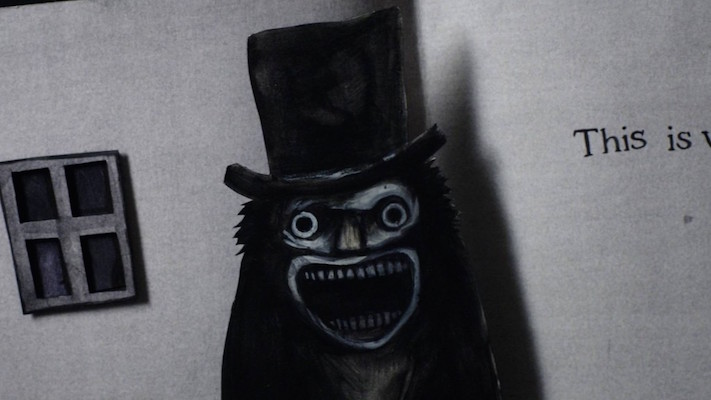
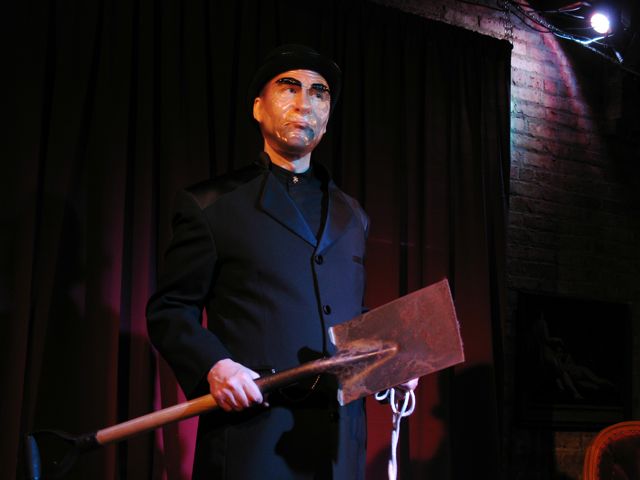

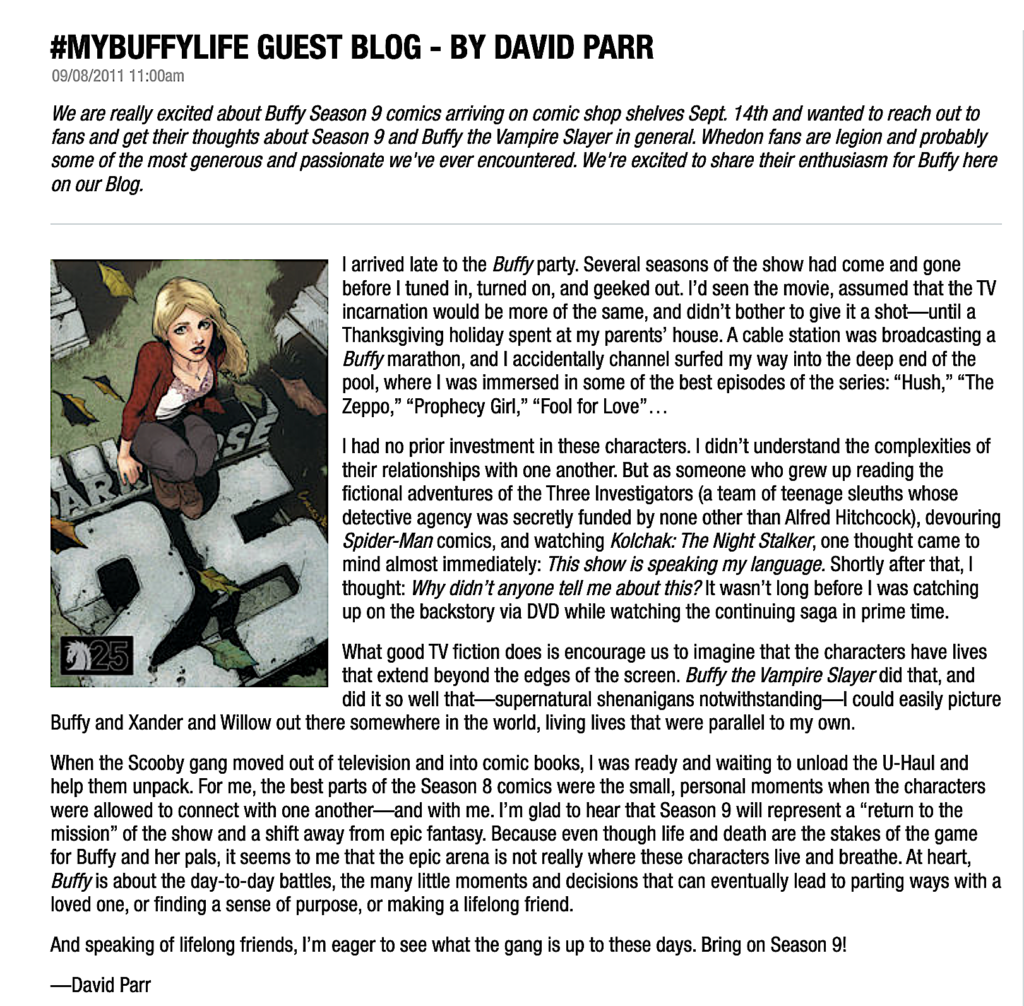
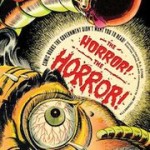 The Horror! The Horror! — that’s the title of a book I’ve recently enjoyed. The subtitle is: Comic Books the Government Didn’t Want You to Read. It’s a celebration of horror comics from the early 1950s, the most famous of which is EC’s Tales from the Crypt. But while the EC books are often written about and are currently back in print in hardcover collections, this book devotes most of its attention to the scores of all-but-forgotten titles that were published every month: Dark Mysteries, Uncanny Tales, Tomb of Terror, Diary of Horror, Chamber of Chills, Mister Mystery, Weird Terror, Menace, Horrific, Chilling Tales, Black Cat Mystery, The Thing, Out of the Shadows, and my favorite title, This Magazine is Haunted. In the heyday of horror comics, it was not uncommon for drugstores and news stands to have an entire wall devoted to these enticingly garish funnybooks, because they sold like crazy. Sadly, the entire enterprise was doomed, not by the whims of fate but by the comics publishers themselves, who rolled over for grandstanding politicians and social commentators who singled out horror comics as a scapegoat for any number of societal ills, including murder, theft, sexual deviancy, and dancing on sabbath days. (Well, maybe not that last one.) Bullied into submission, and fearing the specter of government regulation, in 1954 the comics industry established the self-censoring Comics Code Authority and effectively banned their bestselling product. The new rules forbade use of the words horror and terror in comic book titles. Also banned were vampires, depictions of unlawful activities that encouraged “sympathy for the criminal” or “distrust of the forces of law and justice,” and “scenes or instruments associated with walking dead, torture, ghouls, cannibalism, and werewolfism.” And that’s just a tiny sample of the wackadoo regulations these folks were coerced into imposing on themselves. Nevertheless, it was all for the greater good, because from that day forward, Americans have been living in a crime-free utopia where gumdrops fall from the trees. But I digress.
The Horror! The Horror! — that’s the title of a book I’ve recently enjoyed. The subtitle is: Comic Books the Government Didn’t Want You to Read. It’s a celebration of horror comics from the early 1950s, the most famous of which is EC’s Tales from the Crypt. But while the EC books are often written about and are currently back in print in hardcover collections, this book devotes most of its attention to the scores of all-but-forgotten titles that were published every month: Dark Mysteries, Uncanny Tales, Tomb of Terror, Diary of Horror, Chamber of Chills, Mister Mystery, Weird Terror, Menace, Horrific, Chilling Tales, Black Cat Mystery, The Thing, Out of the Shadows, and my favorite title, This Magazine is Haunted. In the heyday of horror comics, it was not uncommon for drugstores and news stands to have an entire wall devoted to these enticingly garish funnybooks, because they sold like crazy. Sadly, the entire enterprise was doomed, not by the whims of fate but by the comics publishers themselves, who rolled over for grandstanding politicians and social commentators who singled out horror comics as a scapegoat for any number of societal ills, including murder, theft, sexual deviancy, and dancing on sabbath days. (Well, maybe not that last one.) Bullied into submission, and fearing the specter of government regulation, in 1954 the comics industry established the self-censoring Comics Code Authority and effectively banned their bestselling product. The new rules forbade use of the words horror and terror in comic book titles. Also banned were vampires, depictions of unlawful activities that encouraged “sympathy for the criminal” or “distrust of the forces of law and justice,” and “scenes or instruments associated with walking dead, torture, ghouls, cannibalism, and werewolfism.” And that’s just a tiny sample of the wackadoo regulations these folks were coerced into imposing on themselves. Nevertheless, it was all for the greater good, because from that day forward, Americans have been living in a crime-free utopia where gumdrops fall from the trees. But I digress.